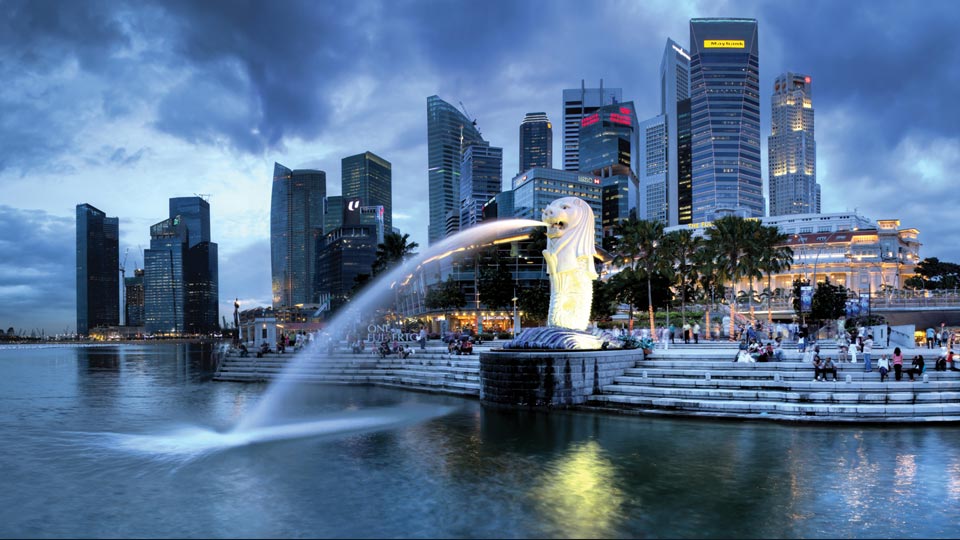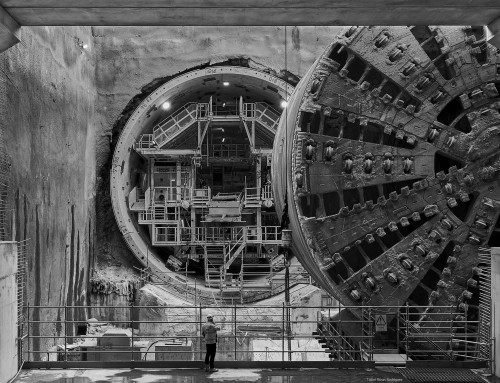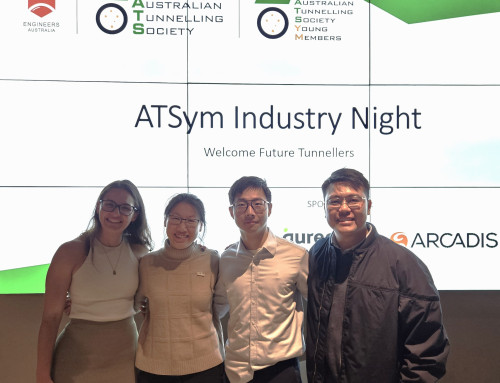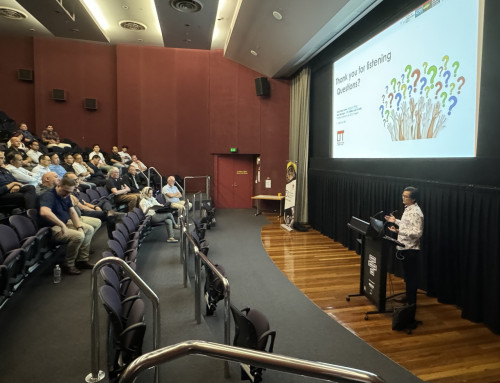After a one-day technical conference, held in Singapore, dealing with innovation and productivity in tunnelling, followed by a one-day awards conference, the ITA Tunnelling Awards’ judges revealed their choices and awarded 8 outstanding projects and also the Young Tunneller of the Year and a Life Time Achievement Award.
The winners are:
The major project of 2016 (exceeding €500M):
THE NEW GUANJIAO TUNNEL ON The QUNGHAI TIBET RAILWAY
The 33km long New Guanjiao Tunnel is a key project on the second line of the Xining-Golmud section of the Qinghai-Tibet Railway. Drill and blast construction began in November, 2007 and the tunnel was opened up for operation on 28th December, 2014. The total investment has been 4.96bn RMB.
The tunnelling project of the year 2016 (from €50M to €500M):
DOWNTOWN LINE STAGE 3 CONTRACT 937 – CONSTRUCTION OF FORT CANNING STATION AND TUNNELS IN SINGAPORE
As Singapore’s underground space becomes more congested, the construction of its new underground metro lines has become more challenging and complex, often pushing the boundaries of engineering. The above tunnelling project encountered, and successfully overcame a host of challenges such as cutterhead interventions required to remove building foundations, and tunnelling within a close proximity to national monuments and in-service metro lines, with only 1m separation at times.
The outstanding tunnelling project of the year (up to €50M):
CHONGQING HONGQIHEGOU METRO STATION
The Chongqing Hongqihegou metro station is located in a bustling area of Chongqing, and under the main road to the airport, and has been built in moderately weathered sandstone and moderately weathered sandy mudstone.
The minimum cover thickness of the overburden is 8.6m and its maximum excavation section is 760m. The whole tunnel section was divided into four drifts – two above and two below allowing four drifts to be driven simultaneously. By using the inherent bearing capacity of the ‘inner rock support’, the horizontal and vertical temporary support of the tunnel is saved. Moreover, the “time-space” effect is controlled precisely for the safety of the force transmitted between the primary support and the final lining.
Renovation/upgrading project of the year:
Vauxhall station upgrade project (UNITED KINGDOM)
London Underground’s (LU) Vauxhall station upgrade will soon provide step free access for tube users. Constructed by Bechtel Ltd. as the main contractor, designed by Gall Zeidler Consultants in a design-build contract, and with tunnelling works carried out by Joseph Gallagher Ltd, the project team changed the reference design to a complete SCL design to provide a more efficient construction program and reduce ground movements.
An LU representative stated, “With close collaboration between the LU project, the contractor and the station, the tunnelling works were completed with minimal disruption to station operations and local residents.” Value added was in the elimination of utility relocation, which cut the construction duration by at least 6-months. Early third-party outreach efforts led to a smooth approvals process during the design and construction phases. The SCL approach aided to the nearly €12M in total cost savings.
The technical innovation of the year:
LARGE DIAMETER SHIELD TUNNELLING IN PURE SANDS WITH HYBRID EPB SHIELD TECHNOLOGY (BRAZIL)
The shield-driven tunnel of Metro line 4 in Rio de Janeiro (Brazil) has an approximate length of 5.2km. The excavation was performed using a hybrid EPBM with an excavation diameter of 11.51m, which passed through complex geology including a long stretch of pure sand bordered by two stretches of hard, highly abrasive rock. Considerable reduction in materials, for conditioning consumables, and energy of power consumption were achieved with this hybrid EPB technology.
The environmental initiative of the year:
ABSIS (ACTIVITY BASED SAFETY IMPROVEMENT SYSTEM) (SINGAPORE)
The Singapore Cable Tunnel Project involves the construction of a 35km long tunnel, at an average depth of 60m, to house 400kV and 230kV transmission cables. ABSIS was introduced to the project as a systematic approach to address safety issues during various critical tunnelling activities. It is a platform whereby work activities are captured on video. By viewing the footage of themselves carrying out the works, the tunnellers, without language barriers, can see any lapses in safety that they subject themselves to, as well as the good practices they achieve.
Safety initiative of the year:
THE EMSCHER PROJECT – BACK TO NATURE! (GERMANY)
The Emschergenossenschaft in Essen is currently progressing one of the largest environmental projects in the world, namely, the restructuring of a whole river system. This system has been used as an open wastewater transport system for more than 100 years as a consequence of extensive coal mining activities. After 2020 the whole river Emscher will be transporting clean water again. To reach this target, it will be necessary to build a large 51km long, underground sewer from Dortmund to Dinslaken, through a densely populated conurbation. This central Emscher sewer will have diameters varying between 1600 and 2800mm at depths between 25 and 40m below the surface. Shafts will be constructed at up to 1200m intervals. Three large pumping stations, up to 48m in diameter, will lift the wastewater from the Emscher sewer into the existing treatment plants. The largest section of the Emscher interceptor is called lot 30. In early 2012, its construction was awarded to Wayss & Freytag ingenieurbau. The contract requires the construction of about 47km of sewer tunnels. In addition to the tunnels, more than 100 construction pits have to be excavated, from which the tunnels will be driven by pipe jacking. In October 2015, tunnelling was successfully completed ensuring that upon project completion, the whole river Emscher will be free of wastewater and can be returned to its natural state with ecologically redesigned rivers and new recreational areas.
Innovative use of underground space:
JURONG ROCK CAVERNS (SINGAPORE)
The Jurong rock caverns (JRC) are located on Jurong Island and are Southeast Asia’s first caverns to be used for the storage of liquid hydrocarbons, such as crude oil and condensate. “JRC” are located 150m below ground and save up to 60ha of above ground land that would have been required, ensuring both the safety and security of the products in storage whilst reinforcing Singapore’s position as a leading energy and chemicals hub.
The Young Tunneller of the Year:
MR. DEREK ENG
Derek Eng studied civil engineering, and professionally trained in the field of tunnelling. He currently works as an assistant manager in the tunnel department for MMC GAMUDA KVMRT (T) Sdn Bhd., a notable Malaysian based company and the main contractor for the underground stations and tunnel constructions for mass rapid transit project.
Lifetime Achievement:
Dr. MARTIN HERRENKNECHT
Martin Herrenknecht received the Lifetime Achievement Award for his remarkable contributions to the Tunnelling Industry. After graduating from the Konstanz University of Applied Sciences in 1964, he founded his own company in 1975, specialising in Tunnel Boring Machines which are now seen working all over the world.







